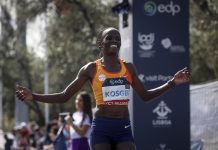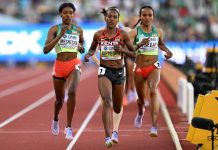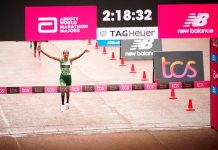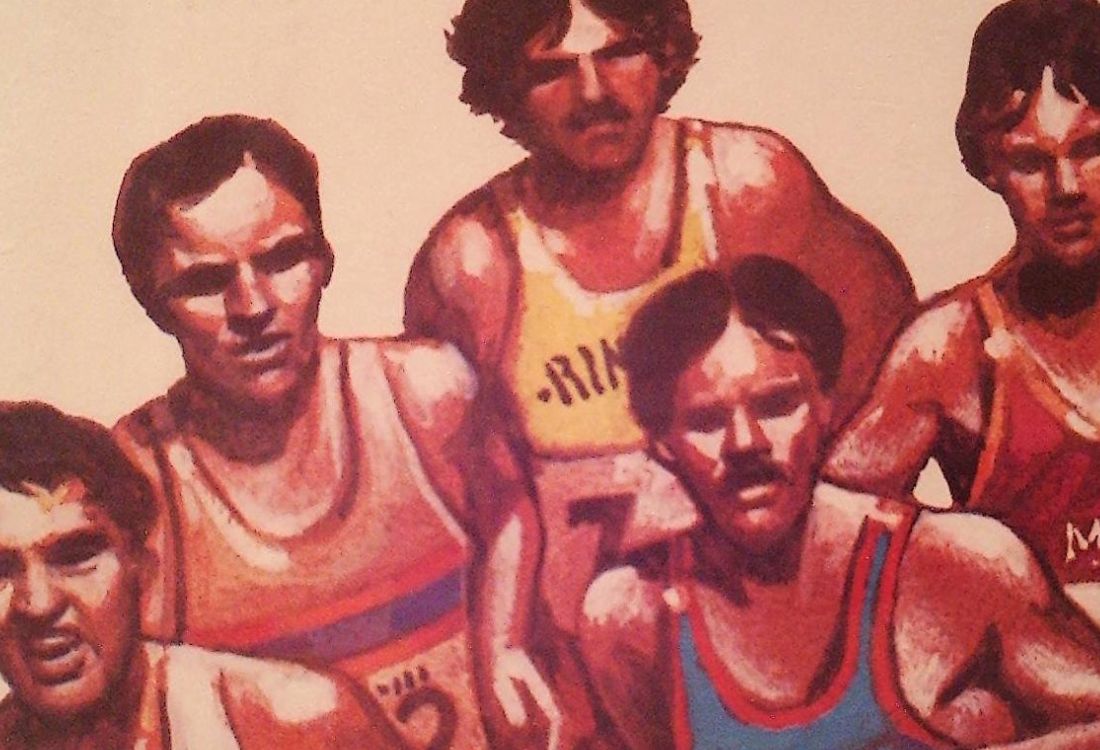When I think about books on running, and athletics more widely, it doesn’t take me long to think about Kenny Moore.
Moore’s book – Best Efforts: World Class Runners and Races – along with Brian Lenton’s collected interviews in Off the Record and Through The Tape – was one of the first I read as I was getting started on my own journey of reporting on athletics. Moore was one of the interviews featured in Through The Tape, reflecting both his stature as a runner – fourth in the 1972 Olympic marathon – and as a writer on other athletes.
Kenny Moore was also one of the runners who established the University of Oregon’s pre-eminence in distance running. Frank Shorter was a close friend as well as an Olympic teammate, Steve Prefontaine was a teammate at Oregon. Moore developed his talents as a distance runner under the guidance of famed Oregon coach, Bill Bowerman. Fittingly, one of his acclaimed achievements as a writer was his book, Bowerman and the Men of Oregon.
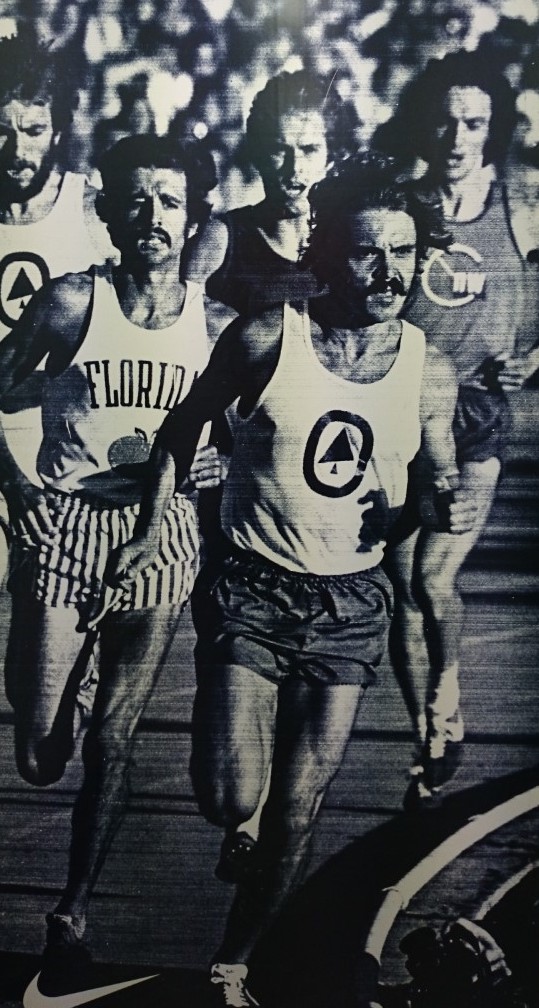
Moore passed away on 4 May at the age of 78 at his home in Hawaii. In an obituary for Runner’s World, Roger Robinson, no slouch as a writer himself, acclaimed Moore’s “lucid and crafted writing . . . always centred on running . . . . he was a skilful story-teller and profile writer and a perceptive analyst of the sport and its elite exponents.”
One such example which always sticks in my mind was the first sentence in Moore’s report on the Brisbane Commonwealth Games marathon in which Robert de Castella beat Juma Ikangaa after an epic battle over the closing stages.
“Out of Africa, the finest runners come unannounced, astonishing in their sudden completeness,” Moore wrote, encapsulating the little we knew about Ikangaa at the time.
Lucid, crafted and perceptive – Roger Robinson pretty much summed up my feelings on first reading Best Efforts. Among the world class runners profiled were Roger Bannister, Steve Prefontaine, Lasse Viren, Mary Decker, John Walker and Filbert Bayi – fittingly, done in the one chapter – Sebastian Coe and Ron Clarke. Munich 1972 Olympic men’s 400 metres hurdles champion John Akii-Bua gets honorary distance runner recognition amongst this company.
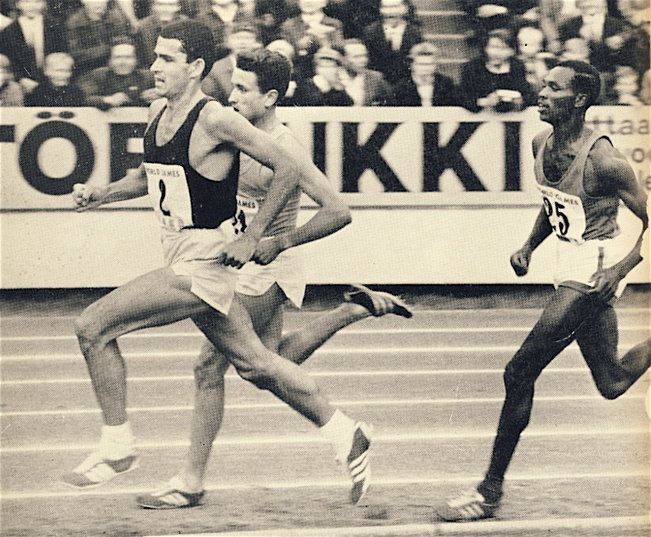
Turning to races, Moore wrote about the 1972 Olympic marathon – the race conducted in the aftermath of the massacre of Israeli athletes – and the 1971 Fukuoka marathon in which Shorter had the first of four consecutive wins. Moore had finished second in the Japanese classic the previous year, establishing the second of two US bests he ran there. Australia’s John Farrington features in the article.
We met Moore when he came to Australia to cover the 1982 Commonwealth Games in Brisbane. He was writing for Sports Illustrated then, in the early stages of what was a 25-year association with the prestigious US sports magazine. The impetus for his visit, however, was to discover all he could about Robert de Castella as the distance running world looked forward to a mooted race between ‘Deek’ and Alberto Salazar. British running great Brendan Foster was engaged on a similar scouting expedition for the BBC, for whom he was doing commentary
It was a great time for us. Chris Wardlaw and I stayed with Gerard and Shane Barrett. Brian Lenton was also in Brisbane for the Games as was Australian Runner publisher Terry O’Halloran. Barrett would have been running the Games but for an achilles tendon injury which had required recent surgery. He was still getting around on crutches which, somehow, didn’t stop him ferrying us around in his VW beetle.

One memorable morning Barrett, Lenton and I trooped over to Brendan Foster’s hotel to interview the great British runner. Foster, who was working for the BBC television team, had other ideas: he wanted to pump us for all the information we could give him on Deek. Interviews concluded, we all sat down for full breakfast on BBC expenses.
Then, at the conclusion of each day’s athletics, we would all meet up in the media bar where, often as not, Kenny Moore would stretch the Sports Illustrated expense budget to cover several rounds of beers. For the next 20 or so years I would encounter Moore at various championships around the world. At some stage – probably Brisbane or the first world championships in Helsinki the following year – he autographed my copy of Best Efforts.
“Your enjoyment is encouragement,” Moore wrote (rather generously, I thought). “I’ll try to keep on. You too.”
Moore had other Australian links, too. He won the inaugural City to Surf in 1971 after a race-long battle with Farrington (‘Farro’ turned the tables two years later). And he ran in Ron Clarke’s last race, a 10,000 in Oslo. Moore finished fifth, Clarke sixth, as Frank Shorter won.
My last meeting with Moore, like the first, was over drinks. It was closing ceremony day at the 1996 Atlanta Olympics. I’d arranged to meet fellow Age journalist Patrick Smith in the foyer bar of our hotel. We arrived downstairs to find our Sydney Morning Herald colleague Roy Masters sharing a drink with Australian novelist Thomas Kenneally then, shortly afterwards, Moore and another Sports Illustrated writer, Tim Laydon, came in.
I can’t recall much about that conversation, but I’m sure it would have been “lucid and crafted.”
Kenny Moore will be missed, but his ‘best efforts’ remain accessible and reward exploration.



